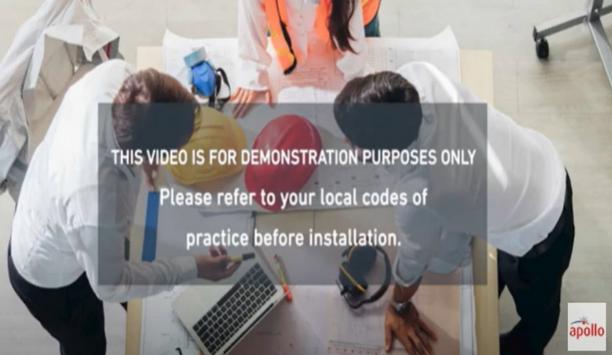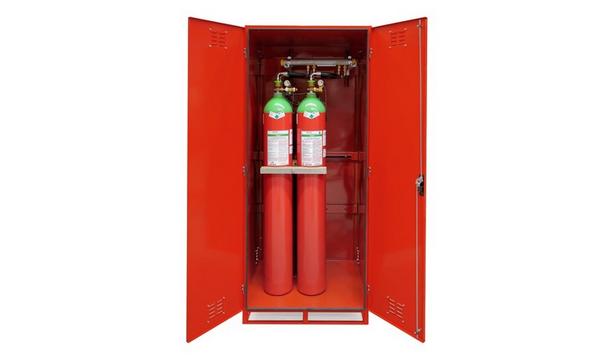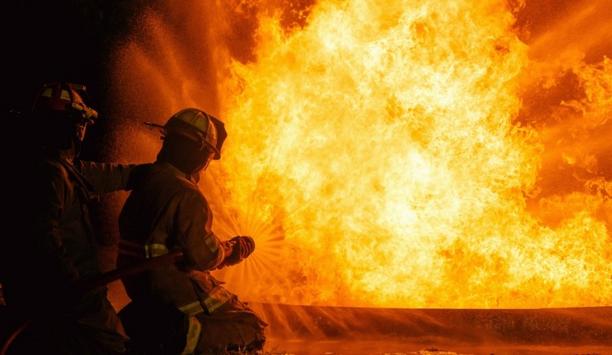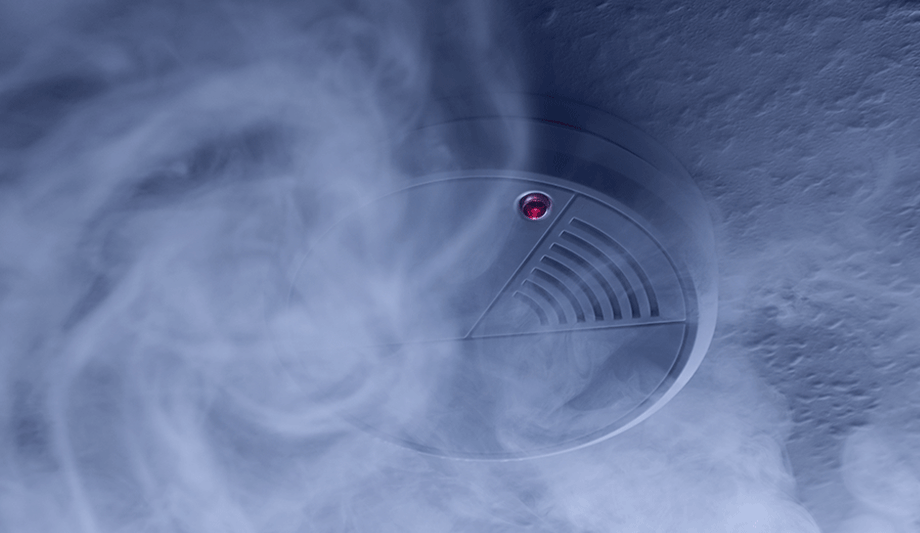The start of a successful real estate agency is rooted in the health of the agents working there. What might affect their well-being will lead to damage to the business.
Therefore, every building manager and safety officer should invest more in ensuring the security of the building occupants through the compliance of Real Estate Agency Fire Safety rules. Here is a useful guide for anyone looking to achieve a healthy working environment.
Legislation Requirements
The Australian Standards set out regulations to ensure persons are able to evacuate the building safely in times of emergency and ensure the maintenance of fire safety installations in the building.
Evacuation
Paths of travel are expected to be free from obstruction that may hinder or delay the employees
Escaping from a building requires a limited amount of time and an efficient plan. This is highly affected by the means of escape and the evacuation routes provided.
To eliminate risks in these areas, the path of travel leading to a safe evacuation area has to be present in the building. Furthermore, paths of travel are expected to be free from obstruction that may hinder or delay the employees from escaping quickly.
Limit Of Occupancy
The number of people allowed inside the building at once should be limited to prevent overcrowding, especially in times of emergency.
The occupancy limit of a building depends on several factors:
- The floor area.
- The building's use.
- The number of persons likely to use the building.
- The flammable materials in the area.
- The number of exit doors present on the premises.
- The available fire safety equipment.
A fire evacuation plan in line with fire safety measures consists of the following:
- Name and address of your building.
- Name, address, and contact numbers of the owner and occupier of the building.
- Name and detailed contact information of persons responsible for carrying out the evacuation coordination procedures.
- The evacuation coordination procedure for the building.
- Step-by-step evacuation guide as per the evacuation coordination procedure.
- Detailed guide in using fire safety equipment, specifically the fire extinguisher.
- Action plan for training building occupants on using the fire safety equipment in accurate detail.
Evacuation Coordination Procedures
An emergency that requires evacuation follows a procedure for alerting and communicating with the building occupants, arranging the evacuation of all the persons in the building, checking whether everyone has evacuated through a roll call or meeting, and informing the fire brigade of the number of persons evacuated and their identity.
Evacuation Diagrams And Signs
In terms of installing requirements, they should be pinned in visible spots at every evacuation route
The presence of evacuation signs and diagrams significantly helps guide the occupants to safety.
These should bear the right colors, and icons and be clear enough for direct instructions. In terms of installing requirements, they should be pinned in visible spots at every evacuation route.
Evacuation Practice
The success of an evacuation relies on the Real Estate Agency Fire Safety Practices.
Ideally, real estate agents must undergo fire drills regularly to know the right action plan during a fire. A fire drill is practiced at least twice a year to be considered effective.
Essential Fire Safety Installations
Real Estate Agency Fire Safety equipment and systems are in place to play the role of protecting building occupants from fire. In return, building safety managers hold responsibility for ensuring the supply and maintenance of these installations.
- Fire Extinguishers (6 Monthly and Annual Inspections).
- Fire Alarm Panels and Occupant Warning Systems (Monthly, 6 Monthly, and Annual Inspections).
- Fire Blankets (6 Monthly and Annual Inspections).
- Fire Doors (6 Monthly and Annual Inspections).
- Emergency Lighting and Exit Signage (6 Monthly and Annual Inspections).
- Fire Sprinkler Systems (Monthly, 6 Monthly and Annual Inspections).
- Fire Hose Reels (6 Monthly and Annual Inspections).
- Fire Hydrants (6 Monthly and Annual Inspections).
Obligations Of Fire Safety Maintenance Workers
While a building manager is required to set appointments with fire technicians to maintain the equipment, these professionals are obliged to take on the job responsibly by maintaining each installation according to Australian Standards.
Aside from that, he/she should report issues necessary to improve the performance.















